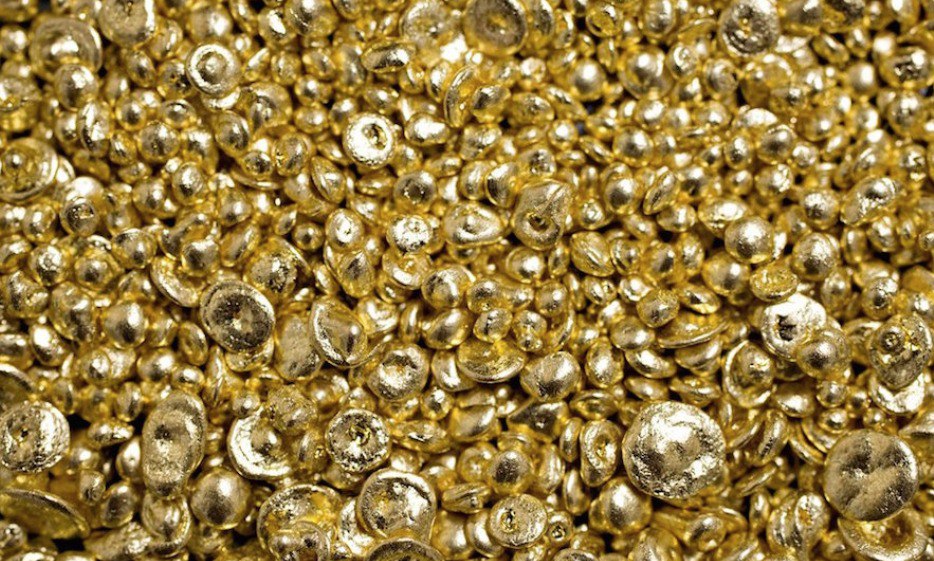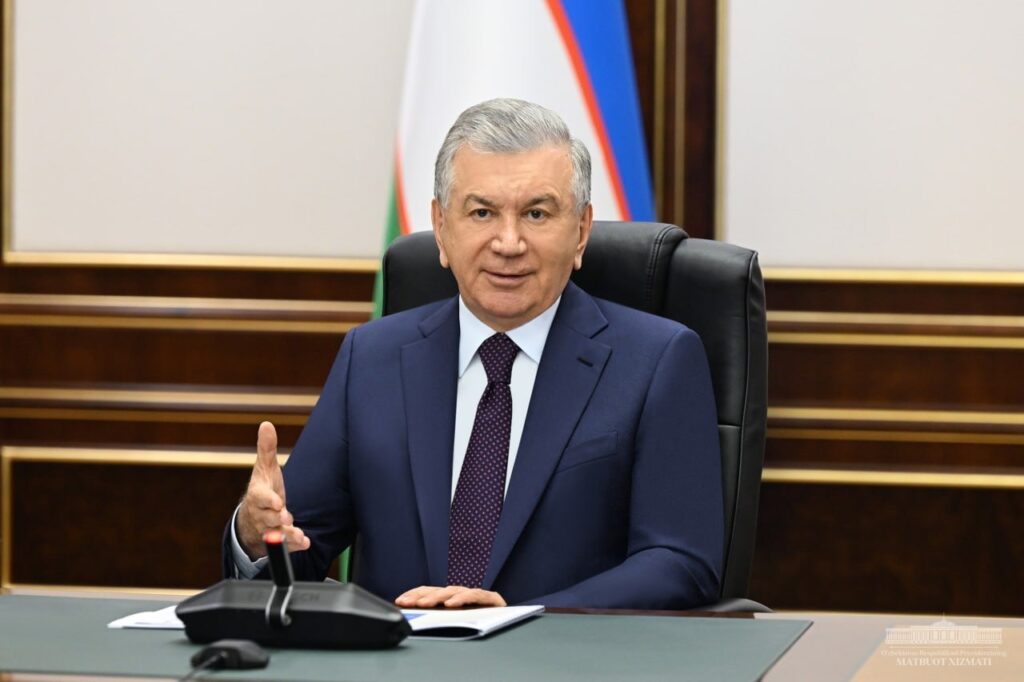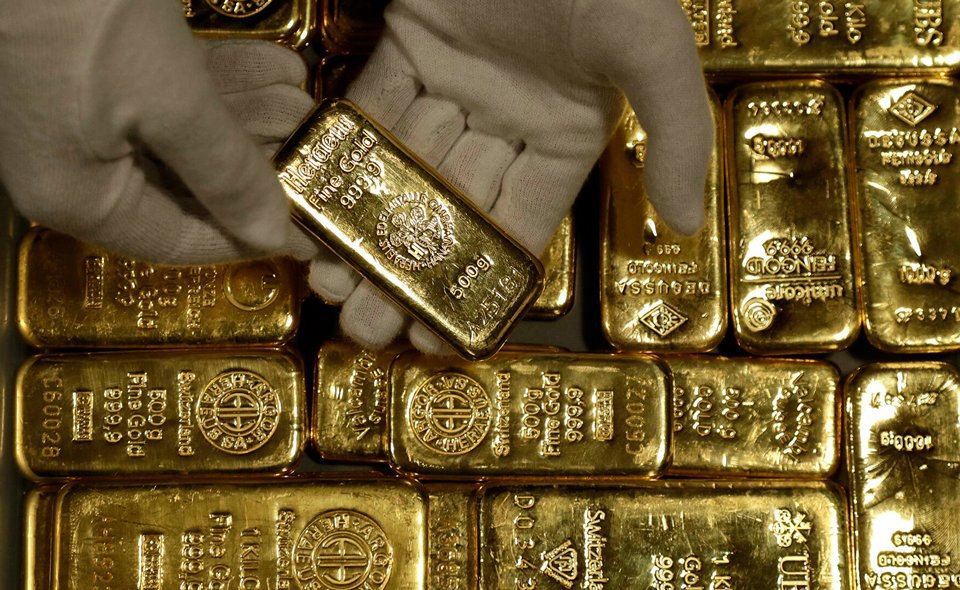Production of Granulated Gold and Silver Launched in Uzbekistan
On July 16, Uzbekistan’s Almalyk Mining and Metallurgical Complex announced it would start producing gold and silver granules. The Almalyk plant will also begin production of granulated copper and plans to produce granules from other non-ferrous metals. The equipment for producing granulated gold, silver, and copper was purchased in Italy. According to the Almalyk Complex’s press service, the new products will prove convenient for jewelers. In jewelry production, losses occur during the re-melting of ingots and other means of mechanically processing metals. Gold and silver granules will reduce the cost of jewelry products and improve their quality. At a government meeting about Uzbekistan’s jewelry industry last month, President Shavkat Mirziyoyev said that just 6% of the gold mined in Uzbekistan is processed within the country, and exports of finished products from gold amount to only $78 million. The president emphasized the importance of creating jewelry zones equipped to attract entrepreneurs and reviewing raw materials that are supplied to the industry. In January-March 2024, Uzbekistan exported gold worth $2.6 billion, with revenue from gold exports comprising 41.7% of the country’s total export revenue.






